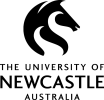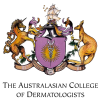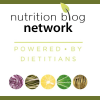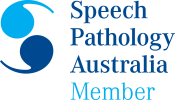What is hypertension?
Hypertension refers to high blood pressure, and according to the Heart foundation, approximately 4 in 10 adults are experiencing hypertension which is a cause for concern.
What is blood pressure?
We often hear this term but may not fully comprehend what it means.
The heart pumps blood throughout the body through blood vessels knows as arteries. The force with which the blood is pumped is known as blood pressure. When the force is higher than normal, it is termed as high blood pressure. The higher the blood pressure, the greater the risk of heart disease. The risk is equally high for both men and women, young or old.
A blood pressure of 120/80 mm Hg or lower is normal.
How is blood pressure measured?
Blood pressure is measured in two ways. The first measurement is known as systolic blood pressure, which measures the pressure in your blood vessels when your heart beats. The second measurement is known as diastolic blood pressure, which measure the pressure in your blood vessels when your heart rests between beats.
What are the risk factors?
There are several risk factors for hypertension, such as age and genetics, but these are risk factors that we unfortunately do not have a control over. However, there are factors that we do have control over, such as weight, salt and alcohol intake, and abdominal obesity. This is characterised by weight concentrated around the abdomen. Abdominal obesity is of major concern because the fat tissue around the abdomen is metabolically active and can release free fatty acids into the circulation that accumulate around the heart, affecting its ability to function effectively.
Excess salt consumption also causes an increase in blood pressure. This is because when you consume a lot of salt the body starts to retain water. This puts pressure on the heart to pump blood around the body and causes high blood pressure.
Lifestyle management tips to help with hypertension:
1. The DASH (Dietary Approaches to Stopping Hypertension) diet is the recommended diet for reducing blood pressure and reducing weight. The diet consists of fruits, vegetables, wholegrains, nuts and low fat dairy products.
2. Reduce dietary sodium levels to 2300mg or less of sodium a day (which equals to less than 6g of salt per day). This will reduce systolic blood pressure by 2-7mm Hg.
Listed below are some ways you can reduce salt from your diet:
- Avoid adding salt to meals and swap sauces that have a high salt content (i.e. soy, oyster and fish sauce) with herbs and spices, lemon or lime juice, black pepper, fresh ginger, garlic and chilli to add flavour to your food.
- Swap processed meats like salami, ham, bacon, and sausages with fresh meat, fish or eggs.
- Choose low salt cheeses such as ricotta or quark cheese.
- Choose snacks with less salt such as plain rice wafers, corn thins and unsalted popcorn.
- Read labels on packaged foods to check for salt content. Packaged foods with less than 120mg are ideal.
Contact us for results focused on nutritional advice
This article was written by our dietitian and nutritionist Juhi Bhambhaney. If you have any questions regarding health and nutrition, make an appointment with one of our dietitians. We‘ll provide you with a simple and effective routine targeted to your concerns. Contact us today.
The post Dietary management of hypertension appeared first on ENT Wellbeing Sydney.










